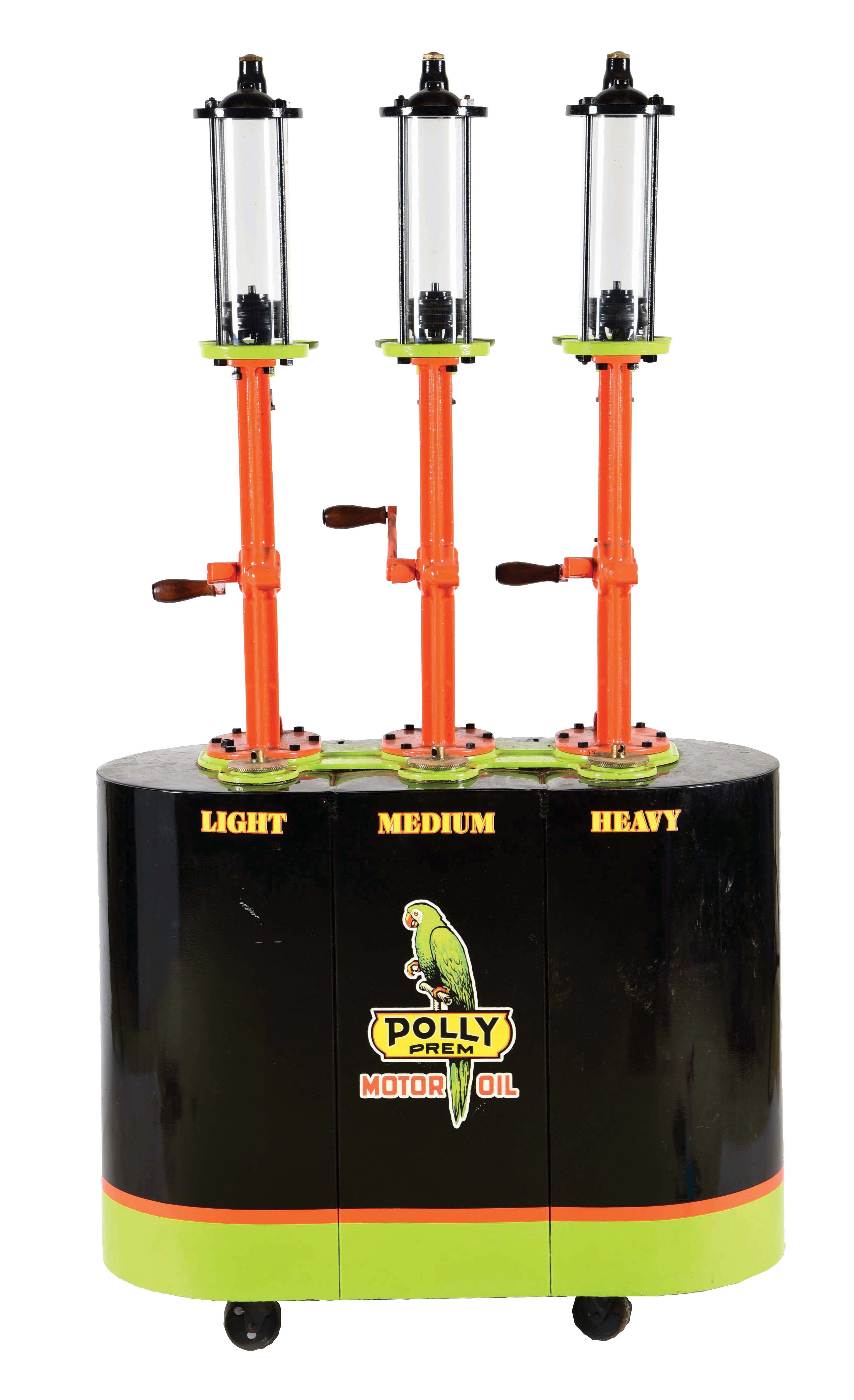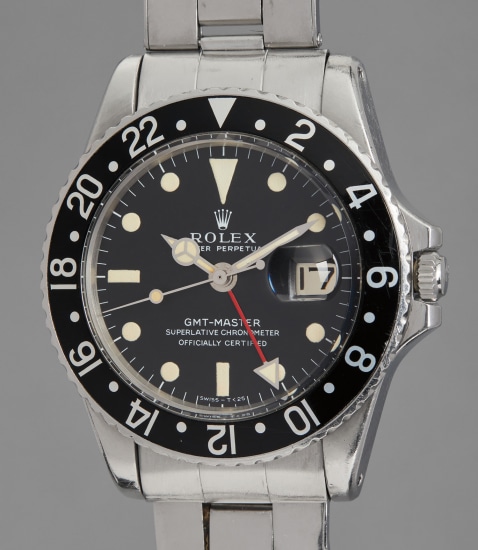A triple-service early aviation 'North Russia' Order of St. Stanislaus group of seven awarded to Flight Lieutenant J. T. Gibson, Royal Air Force late Royal Naval Air Service and Royal Navy, who saw service aboard H.M.S. Hermes during her transformation into the first seaplane tender with the Royal Navy, seeing action at Gallipoli aboard Ark Royal with the R.N.A.S. and later joining the North Russian Expeditionary Force with the R.A.F., as well as holding the short-lived rank of Commissioned Warrant Officer 1914-15 Star (343585, J. T. Gibson. C. P. O. 2. R.N.A.S.); British War and Victory Medals (2. Lieut. J. T. Gibson. R.A.F.); Defence and War Medals 1939-45; Royal Naval L.S. & G.C., G.V.R. (343585 J. T. Gibson, C.P.O. 2nd Grade. R.N.A.S.); Russia, Order of St. Stanislaus, breast Badge, with swords and bow, silver, silver-gilt and enamel, 44mm x 41mm, unmarked, some pitting to second, minor contact wear, overall very fine (7) James Thomas Gibson was born in Sheffield, Yorkshire on 24 June 1881, the son of James Gibson. Having been employed as a Joiner in 1896 he worked for three different firms before enlisting with the Royal Navy on 20 August 1900 with the rating of Carpenters Crew. Serving on a number of ships he began upon H.M.S. Repulse on 8 October 1900 rising to Leading Carpenters Crew on 13 December 1901 before joining the Resolution on 3 January 1905. Promoted Shipwright while serving on H.M.S. Venerable on 24 October 1905 he was still in this rank when posted to H.M.S. Hermes, the first attempt made by the Royal Navy at refitting a ship to be a seaplane tender, on 1 October 1913. Returning to Pembroke II on 24 December 1913 he was promoted Petty Officer (Mechanic), a sign of his shift from the Royal Navy to the Royal Naval Air Service. With the outbreak of the Great War Gibson was transferred to H.M.S. Ark Royal, the first ship designed to carry seaplanes, on 20 December 1914 and was promoted Chief Petty Officer Class III on 1 January 1915. Entering the war in February 1915 in the Dardanelles, they were involved in some of the first, somewhat faltering, steps to launch aircraft from ships. The poor weather hindered take off and attempts to make use of wireless radio equipment to spot Ottoman Troops from the Fleet failed due to the lack of experienced operators for the, still very basic, radios. Although the results of Ark Royal’s deployment were not an unqualified success, Gibson performed well being promoted again within four months, advancing Chief Petty Officer Class II on 1 June 1915. However he was not to remain at sea, falling ill with Enteric Fever (Typhoid) he was invalided to the Royal Naval Hospital at Plymouth on 24 September 1914. Posted to President II upon his recovery on 1 August 1916 and stationed at Eastchurch Royal Naval Air Station, Isle of Sheppy with the Rank of Chief Petty Officer Class I. Promoted Warrant Officer (Carpenter) on 7 May 1917, at the time a commissioned rank within the Royal Navy, he remained on this station until the end of the war. Joining the R.A.F. in April 1918 with the rank of 2nd Lieutenant Gibson sailed to join the North Russian Expeditionary Force with the aboard the aircraft carrier Argus in July 1919. For a man who had been so heavily involved in the earliest attempts at carrier design it must have been astonishing to be aboard a purpose-built modern vessel such as the Argus, which launched in 1918. Arriving at Murmansk Gibson travelled to Medvegigora, Lake Onega via Leningrad, here the R.A.F. had established a seaplane base staffed largely by former R.N.A.S. personnel. He was placed in charge of the Repair Base here at Medvejya Gora and remained until the allied withdrawal in October 1919. Returning to Britain he joined Coastal Area 10 Group at Lee-on-Solent with the rank of Pilot Officer (Technical). Promoted Flying Officer Technical in 1920 he transferred to the School of Naval Co-operation and Aerial Navigation at Gosport remaining there until he was promoted Lieutena
A triple-service early aviation 'North Russia' Order of St. Stanislaus group of seven awarded to Flight Lieutenant J. T. Gibson, Royal Air Force late Royal Naval Air Service and Royal Navy, who saw service aboard H.M.S. Hermes during her transformation into the first seaplane tender with the Royal Navy, seeing action at Gallipoli aboard Ark Royal with the R.N.A.S. and later joining the North Russian Expeditionary Force with the R.A.F., as well as holding the short-lived rank of Commissioned Warrant Officer 1914-15 Star (343585, J. T. Gibson. C. P. O. 2. R.N.A.S.); British War and Victory Medals (2. Lieut. J. T. Gibson. R.A.F.); Defence and War Medals 1939-45; Royal Naval L.S. & G.C., G.V.R. (343585 J. T. Gibson, C.P.O. 2nd Grade. R.N.A.S.); Russia, Order of St. Stanislaus, breast Badge, with swords and bow, silver, silver-gilt and enamel, 44mm x 41mm, unmarked, some pitting to second, minor contact wear, overall very fine (7) James Thomas Gibson was born in Sheffield, Yorkshire on 24 June 1881, the son of James Gibson. Having been employed as a Joiner in 1896 he worked for three different firms before enlisting with the Royal Navy on 20 August 1900 with the rating of Carpenters Crew. Serving on a number of ships he began upon H.M.S. Repulse on 8 October 1900 rising to Leading Carpenters Crew on 13 December 1901 before joining the Resolution on 3 January 1905. Promoted Shipwright while serving on H.M.S. Venerable on 24 October 1905 he was still in this rank when posted to H.M.S. Hermes, the first attempt made by the Royal Navy at refitting a ship to be a seaplane tender, on 1 October 1913. Returning to Pembroke II on 24 December 1913 he was promoted Petty Officer (Mechanic), a sign of his shift from the Royal Navy to the Royal Naval Air Service. With the outbreak of the Great War Gibson was transferred to H.M.S. Ark Royal, the first ship designed to carry seaplanes, on 20 December 1914 and was promoted Chief Petty Officer Class III on 1 January 1915. Entering the war in February 1915 in the Dardanelles, they were involved in some of the first, somewhat faltering, steps to launch aircraft from ships. The poor weather hindered take off and attempts to make use of wireless radio equipment to spot Ottoman Troops from the Fleet failed due to the lack of experienced operators for the, still very basic, radios. Although the results of Ark Royal’s deployment were not an unqualified success, Gibson performed well being promoted again within four months, advancing Chief Petty Officer Class II on 1 June 1915. However he was not to remain at sea, falling ill with Enteric Fever (Typhoid) he was invalided to the Royal Naval Hospital at Plymouth on 24 September 1914. Posted to President II upon his recovery on 1 August 1916 and stationed at Eastchurch Royal Naval Air Station, Isle of Sheppy with the Rank of Chief Petty Officer Class I. Promoted Warrant Officer (Carpenter) on 7 May 1917, at the time a commissioned rank within the Royal Navy, he remained on this station until the end of the war. Joining the R.A.F. in April 1918 with the rank of 2nd Lieutenant Gibson sailed to join the North Russian Expeditionary Force with the aboard the aircraft carrier Argus in July 1919. For a man who had been so heavily involved in the earliest attempts at carrier design it must have been astonishing to be aboard a purpose-built modern vessel such as the Argus, which launched in 1918. Arriving at Murmansk Gibson travelled to Medvegigora, Lake Onega via Leningrad, here the R.A.F. had established a seaplane base staffed largely by former R.N.A.S. personnel. He was placed in charge of the Repair Base here at Medvejya Gora and remained until the allied withdrawal in October 1919. Returning to Britain he joined Coastal Area 10 Group at Lee-on-Solent with the rank of Pilot Officer (Technical). Promoted Flying Officer Technical in 1920 he transferred to the School of Naval Co-operation and Aerial Navigation at Gosport remaining there until he was promoted Lieutena















Testen Sie LotSearch und seine Premium-Features 7 Tage - ohne Kosten!
Lassen Sie sich automatisch über neue Objekte in kommenden Auktionen benachrichtigen.
Suchauftrag anlegen